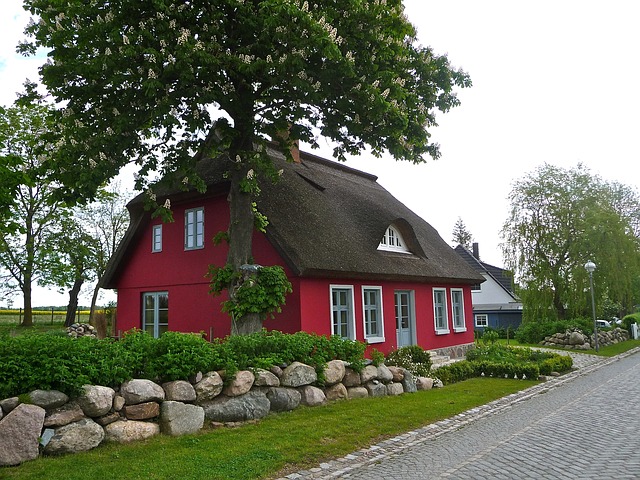Introduction
Fire pits are a popular addition to outdoor spaces, providing warmth and ambiance for gatherings or relaxation. But have you ever wondered how hot a fire pit can get? In this article, we will delve into the topic and explore the factors that determine the temperature of a fire pit.
Factors Affecting Fire Pit Temperature
Several factors influence how hot a fire pit can get. Let’s take a closer look at each of these factors:
Fuel type: The type of fuel used in a fire pit plays a significant role in determining its temperature. Common fuel options include wood, charcoal, propane, and natural gas. Wood-burning fire pits tend to reach higher temperatures compared to those fueled by propane or natural gas.
Airflow: The amount of airflow around the fire pit affects its temperature. Adequate airflow helps fuel combustion, leading to a hotter fire. Fire pits with proper ventilation tend to generate higher temperatures.
Fire pit design: The design of the fire pit can impact its temperature. Fire pits with a deeper bowl or firebox tend to retain heat better, resulting in higher temperatures. Additionally, fire pits with features like adjustable vents or grates for airflow control can influence the temperature.
Size of the fire pit: The size of the fire pit also affects its temperature. Larger fire pits have more space for fuel and airflow, allowing for higher temperatures. Smaller fire pits, on the other hand, may not reach the same level of heat.
Temperature Range
The temperature range of a fire pit can vary depending on the factors mentioned above. Wood-burning fire pits can reach temperatures as high as 1,100 to 1,200 degrees Fahrenheit (593 to 649 degrees Celsius). Propane and natural gas fire pits typically have a lower temperature range, reaching around 900 to 1,000 degrees Fahrenheit (482 to 538 degrees Celsius).
It’s important to note that these temperature ranges are approximate and can vary based on the specific fire pit and conditions. Factors such as the quality and dryness of the wood, the amount of fuel used, and the weather conditions can all influence the temperature achieved.
Safety Considerations
When using a fire pit, it’s crucial to prioritize safety. Here are some safety considerations to keep in mind:
Keep a safe distance: Maintain a safe distance between the fire pit and any flammable objects, structures, or vegetation. It is recommended to have at least a 10-foot clearance around the fire pit.
Use proper fuel: Follow the manufacturer’s instructions and use the appropriate fuel for your fire pit. Using the wrong fuel can lead to dangerous situations and higher temperatures than intended.
Supervise the fire: Never leave a fire pit unattended, especially when it’s lit. Ensure that someone is present to monitor the fire at all times.
Extinguish the fire properly: When you’re done using the fire pit, make sure to extinguish the fire completely. Use water or sand to douse the flames, and ensure there are no remaining embers.
Conclusion
In conclusion, the temperature of a fire pit can vary depending on factors such as the fuel type, airflow, design, and size. Wood-burning fire pits generally reach higher temperatures compared to propane or natural gas fire pits. It’s important to prioritize safety when using a fire pit and follow proper guidelines to prevent accidents or damage.
References
– National Fire Protection Association: www.nfpa.org
– The Spruce: www.thespruce.com
– Better Homes & Gardens: www.bhg.com











